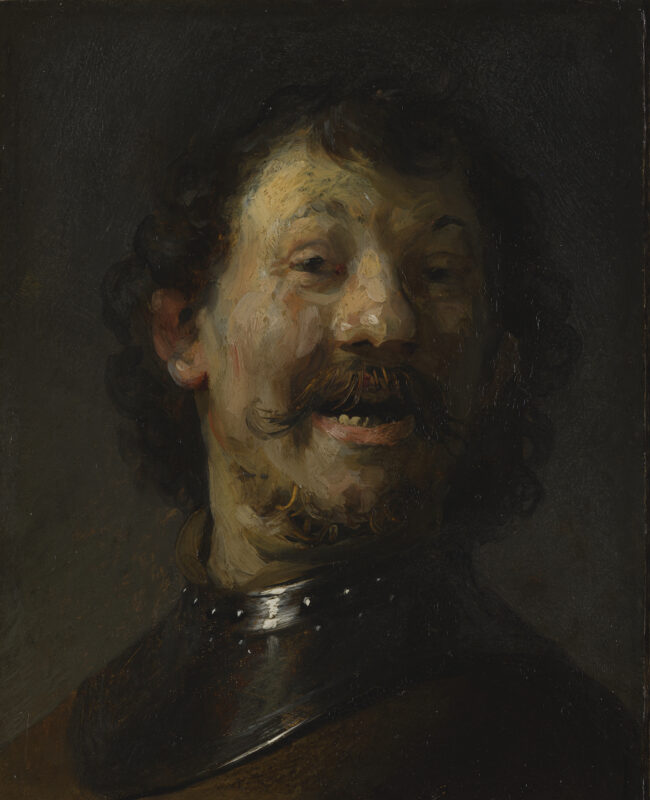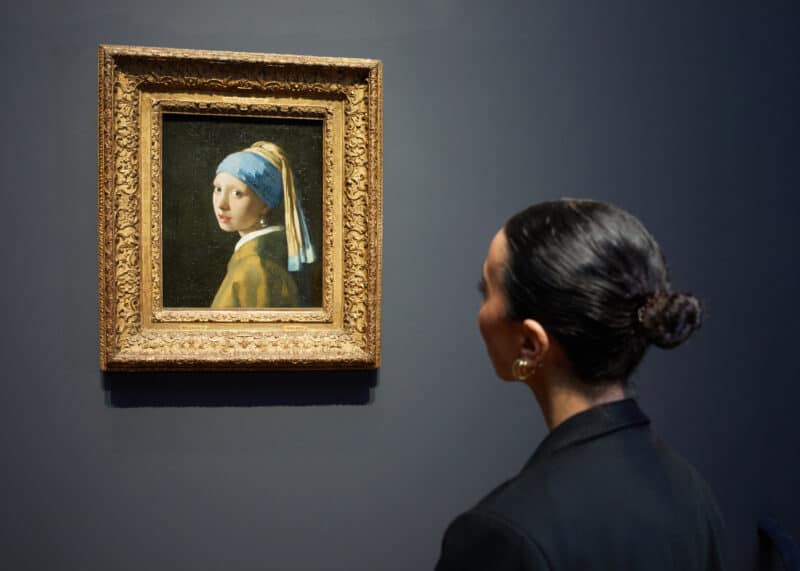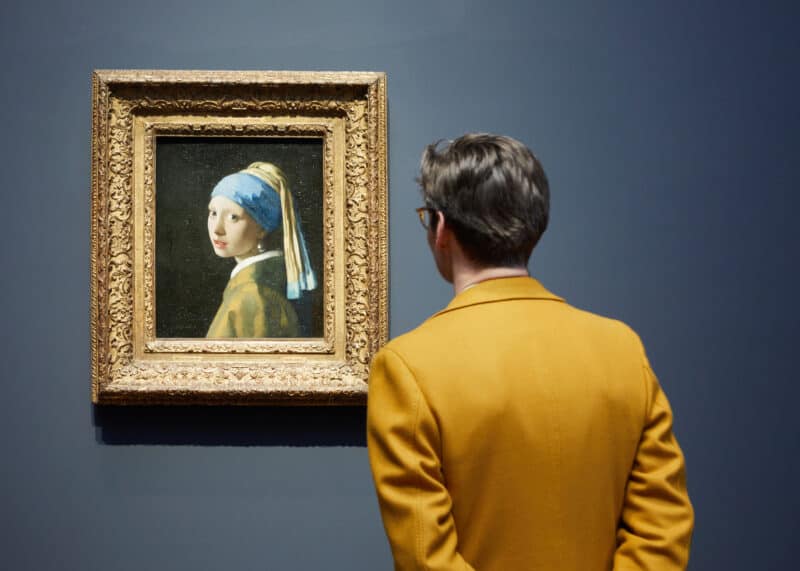
The idea that commercial galleries do not sell to just anyone, but select their clients very carefully, sounds like outright elitism. It sounds as if they deliberately seek out the rich and powerful, latch on to fashion-following celebrities and always ensure a good deal for their friends. It is true that simply being able to afford it is not an immediate pass to walking into a gallery and buying an artwork, but there is a more refined logic to it than this suggests. The artwork gains a certain kudos from being in the right hands, which becomes a part of its value.
The recent excitement over Tracey Emin’s My Bed reached a climax this week when it was revealed that Jay Jopling actually secured the work on behalf of a client, Cologne-based super-collector Count Christian Duerckheim. This news moves the goalposts quite considerably. When we thought that Jopling had bought it for his own collection there was a sense of relief in the fact that the work would not be leaving the UK and that he would take good care of it, understanding its vital art historical importance. It was hoped he would be benevolent enough to donate it to the Tate. The collection here assured us that the work’s fate was sealed in the best possible way.
There is no doubt that Count Duerckheim is an important collector: his collection includes entire swathes of work that document the careers of Georg Baselitz, Gerhard Richter and Sigmar Polke with a depth and breadth that tell the story of modern German art. Count Duerckheim, like many of the artists he collects, is a refugee of the Second World War, who watched the bombing of Dresden from a stalled train; as such, his collection is an exploration of how he and his country discovered self-identity. As truly great collectors should, he recently donated a large collection of important drawings to the British Museum. There is nothing to doubt in his aesthetic eye, knowledge or reason for collecting art – he is quite simply the model collector.
He said he bought My Bed because ‘it is a metaphor for life, where troubles begin and logics die’, thus simultaneously getting to the heart of the work’s meaning and effortlessly slotting it in to the theme of his collection. He is lending the work to the Tate for a minimum period of ten years. Here we have an intellectually rigours and generous collector doing precisely what collectors should do, but the fact still remains that at some point the work could still disappear into a vacuum far away from where it belongs. Not to mention that it considerably diminishes my dream of the work finally being shown in that gloriously lit cubic room in Bermondsey, since that collector can always say Nein by Nein by Nein, even to Jay Jopling.
My Bed would have accrued value in virtue of being lovingly owned first by Charles Saatchi, patron of the YBAs, and then by Jay Jopling, their perfect gallerist; as it is, its value will be determined by its context in Count Duerckheim’s collection and his act of altruism. The value here surely eventually translates into economic value, but the true collector has no sight on selling the work, which is part of the reason they are allowed to buy it in the first place. The sense of value a work gains by being in a certain private collection is an extraordinarily refined cultural value: the collector and what they do with the work become an integral part of the work’s history, which radiates a certain acumen in its art historical narrative. It is as if one were considering a Bentley, thinking a Bentley is just a Bentley, but then has to make a value judgement when faced with one that was once owned by Roger Moore and one that was once owned by Katie Price.
Artworks in private collections nonetheless face the very real possibility of changing hands. This, when sold on the open market, can have disastrous consequences if they are bought by flippers – people who buy only to sell soon afterwards – or, as was the fear with the bed, they are spirited away from museums and land in the vaults of Swiss banks. Museum collections, however, are a different story altogether because the reputation of the museum as a noble custodian and conservator of the jewels of art history is built precisely upon the works it owns. Only in near-apocalyptic circumstances can museums part with their holdings. Consequently, a work in a museum collection has a home for all eternity, where it will be preserved and cherished as rightful public property, and where scholars will ensure that its place in the grand narrative is meticulously documented.
The Hague’s Mauritshuis Royal Picture Gallery recently announced that Vermeer’s Girl with a Pearl Earring is banned from travel, having been restored to its rightful place in the newly refurbished museum. It joins an illustrious group of artworks whose historical importance and connection to their museum is deemed so valuable that they cannot ever travel. The Mona Lisa (Lourve), Picasso’s Guernica (Reina Sofia), Velazquez’s Las Meninas (Prado) and Botticelli’s Birth of Venus (Uffizi) are all inextricably linked to their museums by the fact that they are the prize pieces in the collections, the star attractions.
While the museum gains visitors, scholarship and praise for their housing these works, the works also gain value in virtue of their being immovable fixtures in these museums’ collections. The Picasso and the Velazquez, for example, gain a contextual value in virtue of their being where they belong, in the heart of Spain. Now Girl with a Pearl Earring is also where it belongs, eternally contextualising the work as a national treasure. In the case of museums, unlike private collections, the accrued value is an inexplicable grandeur that would be a mere dim glimmer anywhere else.
The contemporary artworld, as much as the museum, ensures that artworks end up in their right place precisely because cultural value is vividly at stake. In the final analysis, the cultural value of art, whether it is grandeur or history, is constituted by an intricate narrative that hugs the work like a protective, ever-increasing fog. Sometimes this narrative is the objective fact of provenance, but sometimes it is the riveting notion that, in a moment of despair, Saatchi might have swaddled himself in the putrid decay of Tracey’s bed. The nature and identity of the collection, therefore, adds yet another layer of mystique to the work that is as much part of it as the very fabric of its constituent parts.
Words: Daniel Barnes









